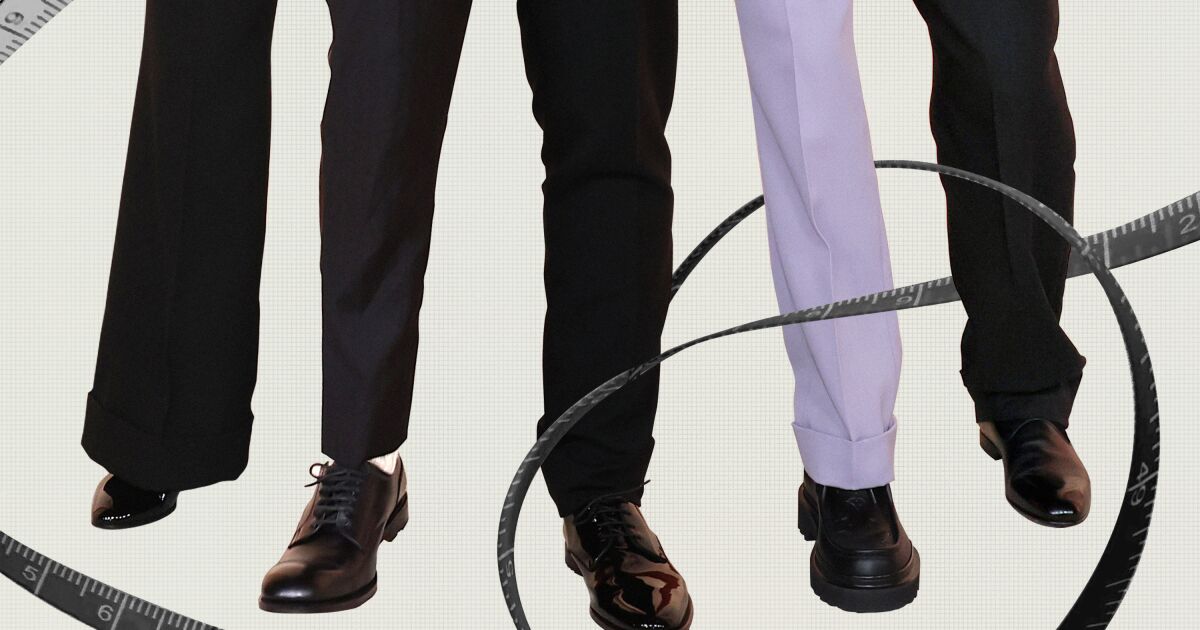A guide to Koreatown, Los Angeles: What to do, see and eat
My first impression of Koreatown wasn’t a great one.
In 2006, a family friend picked me up at LAX. I was 11, and all I could think about was how I had said goodbye to my relatives in Seoul just hours earlier. As soon as I got in the car, I started crying. As we drove off the 10 Freeway and onto Vermont Boulevard, I looked out the window.

Get to know Los Angeles through the places that bring it to life. From restaurants to shops to outdoor spaces, here’s what to discover now.
“This place looks like Seoul in the 1970s,” I blurted out.
Any illusion I had of the United States — the glitz of Hollywood and the palm tree-lined beaches — vanished in that moment. In Koreatown, high-rise buildings — which defined Seoul — were few and far between. Signs had distinctly outdated and tacky fonts. The jimjilbang (Korean bathhouse) I went to was old and lacked the amenities that seemed standard back in Korea.
But over the 17 years I’ve called Southern California home, Koreatown has grown on me, even when I’ve curse out the place in an everlasting struggle to find parking.
Koreatown’s food scene has become one of the most exciting in the region — and perhaps the country. There are now so many things to do, from singing with friends at a noraebang (a private karaoke room) to getting soju and makgeolli (Korean rice wine) at clubs to, yes, sweating profusely at a clean, modern jimjilbang. Even with an onslaught of high-rises and new apartment complexes that are redefining Koreatown for better or for worse, the neighborhood has managed to keep many of its quirks and charms.
As a reporter covering Asian American communities, I’ve also grown to appreciate the neighborhood’s story, which has been shaped by such pioneers as Hi Duk Lee, who laid the groundwork for his vision of Koreatown when he opened Olympic Market in 1971 and James An, who leads the Korean American Federation of Los Angeles advocacy group after growing up in the shadow of the 1992 L.A. riots.
Today, the gems of the neighborhood — loosely bordered by Vermont and Western boulevards to the east to west and Beverly and Olympic boulevards to the north to south — span many cultures. Oaxacan restaurant Guelaguetza on Olympic Boulevard is an L.A. institution, and the array of shops and restaurants that dot 3rd Street’s Little Bangladesh have helped immigrants renew their lives since the 1960s.
As with any neighborhood, Koreatown has its challenges. Rising rents are pushing out those who have lived here for decades. Many mom-and-pop businesses struggle to survive. Despite many efforts, the neighborhood lacks park spaces and landmarks that can help elevate Koreatown beyond a place for great food and nightlife.
I’ve recently wondered if it’s time for me to move away from Koreatown (I technically live just outside Koreatown, but it’s close enough). But then, every time I get lost in one of the nearly dozen Korean supermarkets or slurp nangmyeon (Korean cold noodles) at Yuchun or catch the latest Korean blockbuster movies at CGV Cinemas, that thought evaporates.
No, Koreatown doesn’t feel exactly like Seoul. But it does feel like home. — Jeong Park
What’s included in this guide
Anyone who’s lived in a major metropolis can tell you that neighborhoods are a tricky thing. They’re eternally malleable and evoke sociological questions around how we place our homes, our neighbors and our communities within a wider tapestry. In the name of neighborly generosity, we included gems that may linger outside of technical parameters. Instead of leaning into stark definitions, we hope to celebrate all of the places that make us love where we live.




